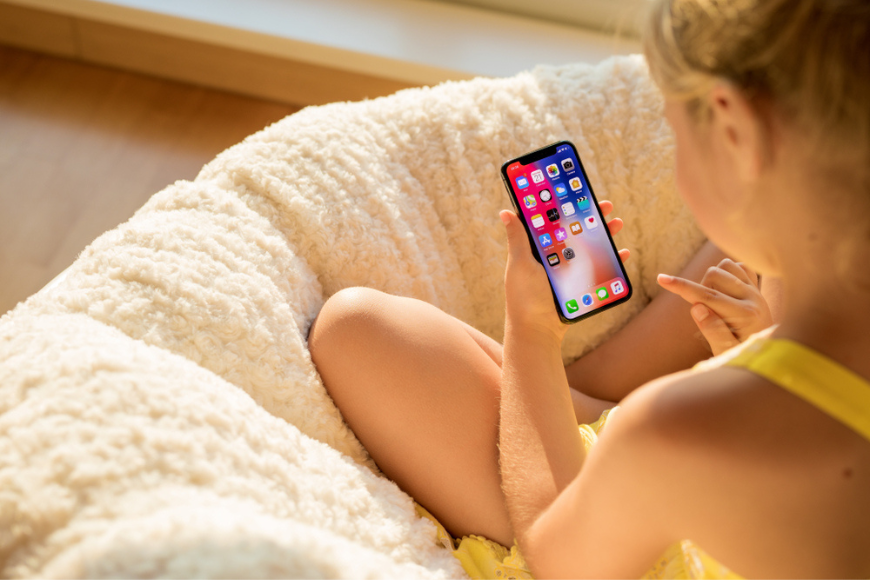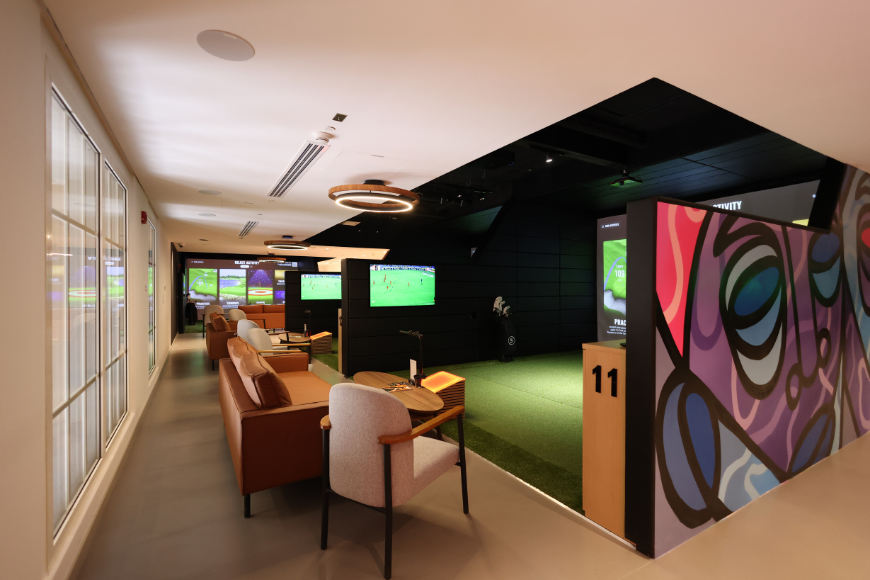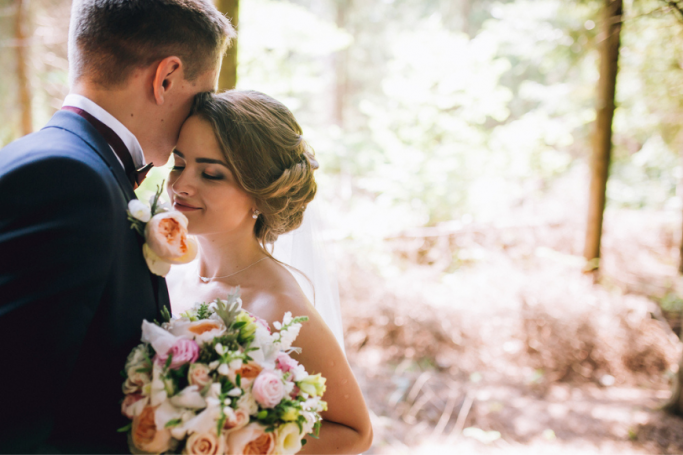3 April 2016
| Last updated on 19 January 2020
When to Use Your Indicators
Here's a guide on when and why it's best to let other road users know what you're doing.
Whether you call it signaling, indicating, turning on your blinkers or something else, letting other drivers on the roads know what you're doing is more than just a matter of good manners... It's a vital part of road safety.

Just a single mistake could end up in a serious accident on the road involving yourself and another driver, so it's best that everyone behind the wheel fully understands when to use signals while out and about.
When do I need to use my indicators?
There are a number of instances while driving that you should most definitely use your signals to let other drivers know your next move.
Always indicate when pulling away
If you're pulling away from the curb, you need to use your indicators. It will let anyone - driver, cyclist or pedestrian - aware of your intentions to move away. If there's nobody there, there's no necessity to use it, but best to make it a habit!
Always indicate when parking
If someone is nearby your moving vehicle, you must use your indicators to let them know where you're going.
You might also be interested in:
- 10 car safety tips for your pet
- Monitoring the UAE's petrol prices
- Tips and advice for driving in Dubai
Indicate when moving around a parked car when necessary
You don't always have to indicate around a parked car, but you do need to if you must stop behind the vehicle to allow oncoming traffic to pass. By indicating you let vehicles behind you know that you're not stopping to pull over yourself.
Always indicate when overtaking
You must always use your signals when overtaking another moving vehicle, regardless of the type of road you're travelling on.
Always indicate when at a roundabout
You must always signal the appropriate direction when at a roundabout, whether you're turning left or right. If going straight, pass the first exit without indicating, and then turn your blinker on in the appropriate direction to let drivers know you're taking the exit.
Here's a handy image to help you navigate indicators on a UAE roundabout:

There's no need to indicate when turning in the road
If there's another road user nearby you, there's no need for you to indicate, you should just wait for them to pass.
Always indicate when reversing around a corner
Performing this manoeuvre involves pulling up just past the corner you intend to reverse around. If another road user is nearby, you must make it clear that you intend to pull the car up.
Always indicate when parallel parking
It's necessary to indicate if it will benefit other road users. After that, there's no further need to signal until you've completed the manoeuvre and you're about to pull away.
Always indicate when merging with traffic
When entering a motorway via a slip road you must always use your signal to indicate to cars travelling at a quicker speed than you on the road that you intend to merge.
Always indicate when changing lane
You must always signal when changing lanes, regardless of the type of road you're travelling on.
SEE ALSO: A guide to Dubai's road signs and their meanings
Always indicate when leaving a motorway
No doubt you'll be changing lanes, and it also indicates to other drivers behind you that you intend to leave the motorway and thus explains any reduced speed you may have to take.
When should I start indicating?
You should begin signalling around 100 feet from the turn you intend to make. If there are other turns or junctions between you and your target direction, only begin indicating once you're past them.
On fast roads like motorways, follow the same process but increase the distance to around 900 feet.
When should I use my hazard lights?
You should only use your hazard lights if your car has broken down, if your car is obstructing traffic or to warn other road users that there's a serious hazard up ahead.
You should not use them as an excuse to park your car improperly or as a 'thank you' to signal other drivers.



.png?itok=HBSyMDok)










































































.png)
























.png?itok=0fOAXkOm)

























.png?itok=EH_x0Pha)


